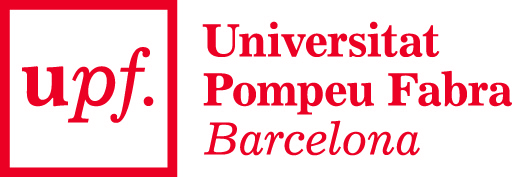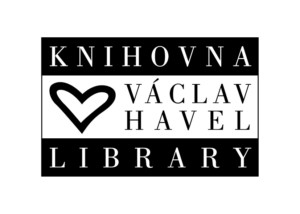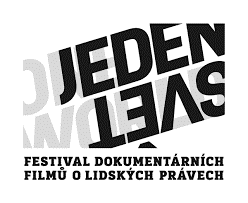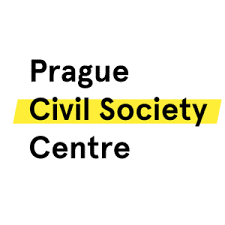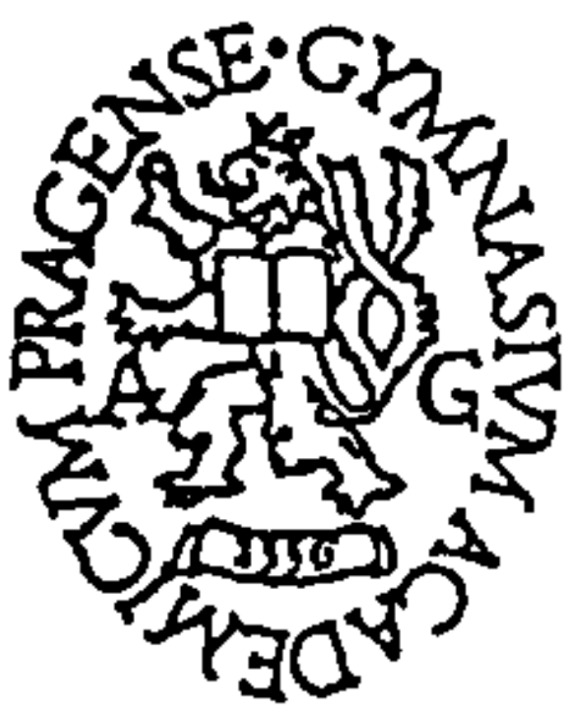Dispelling the Myths about “the Nationalist Constantin Brâncuşi”
Dispelling the Myths about “the Nationalist Constantin Brâncuşi”
28.5 2018 Maria Alina Asavei

After a short visit to Constantin Brâncuşi’s studio, reconstructed on the piazza at the Centre Pompidou in Paris, I remembered that in his country of birth (Romania), the renowned modern sculptor - and his artistic legacy - is often associated in public discourse with a “genuine Romanian ethos.” I always wondered, while gazing at his famous sculptures (e.g. The Endless Column, The Gate of the Kiss, The Table of Silence), what this supposed “Romanian ethos” was supposed to mean. A recent exhibition in Sfantul Gheorghe (a small town in Transylvania, Romania) entitled The Sons and Daughters of Brancusi: A Family Saga (2016) – curated by Alexandra Croitoru - attempted to dispel the myths about the nationalist Constantin Brâncuşi. The world acclaimed Romanian-born artist (and student of Auguste Rodin) Constantin Brâncuşi is currently remembered in the Romanian cultural sphere in the context of the “art-builds-the-nation” narrative. His image/persona and his prominent sculptures are subject to national pride, the branding of Romania in tourism campaigns and religious reverence. The Romanian Orthodox Church emphasizes the cultural activity of Brâncuşi and calls him “Notre Seigneur Brancusi – Le Crist De Roumanie” (Credincios bătrân, 7 oct. 1986; Paris).
Against this official narrative – materialized, among other formats, in streets andschools named after Constantion Brâncuşi - contemporary Romanian artists reunited under the exhibition The Sons and Daughters of Brancusi: A Family Saga, which attempted to give new meanings to this legacy. They did not attempt to discredit Brâncuşi’s contribution to world cultural heritage. What they did instead was to engage with Brâncuşi’s memory (and his famous sculptures) in current debates and multidimensional receptions of his work. In doing so, the official art historical narrative is questioned alongside the official reception of Brâncuşi’s art in Romania and beyond. As Artsy.net reveals, Brâncuşi’s cult has been kept alive not only by nationalistic discourses and commercial interests but also by trans-national movements, such as yoga practitioners aligned along the spinal column which resembles Brâncuşi’s The Endless Column.
The Famous creations (unanimously regarded as epitomizers of Romanian rural cultural heritage), such as The Endless Column, The Table of Silence or The Gate of Kiss, are displayed in contemporary works of art which require for their completion public participation and interaction with the works. For example, the contemporary artist Sergiu Sas displays - in his piece of video art Looking for Brâncuşi - people getting playful at The Gate of Kiss and The Table of Silence. Sergiu Sas does not look for Brâncuşi in museums of modern art because the artist is not interested in how museum-goers perceive Brâncuşi’s masterpieces of modern sculpture. Looking for Brâncuşi is a performance piece of art where perfomativity is more important than contemplation. In my view, Sergiu Sas is interested in how the visitors of the Municipal Park Constantin Brâncuşi from Târgu Jiu (the birth place of Brâncuşi in Southern Romania) interact with his sculptures and to what ends. Then, he documents on video how young people play football at The Gate of Kiss while others play noisy backgammon (an old board game animated by rolls of dice) at Brâncuşi’s Table of Silence. The video also reveals a half naked man, sweating under the torrid sun, who eats sunflower seeds while trying to find shelter from the sun at the Endless Column. Ironically, eating sunflower seeds looks more “Romanian” than The Endless Column.*
By involving the public in the artistic production, Sergiu Sas attempts to dislodge the hegemonic (nationalist) way in which Brâncuşi’s legacy is perceived in Romanian cultural and political public space. The artist opens a space for contradictory, unexpected receptions and/or cultural oblivion. Yet, to want extent is this piece of art understood in its potential multidimensionality outside the “Arty Party” (to paraphrase Hal Foster)?** What about the non-art public? What would be the new meanings ascribed to this piece of art for those passersbys who do not identify the piece with something artistic or political?
* The sons and Daughters of Brancusi: a Family Saga (II), available online at: https://www.artsy.net/show/art-encounters-foundation-the-sons-and-daughters-of-brancusi-a-family-saga-act-ii.
** Hal Foster, Arty Party, London: London Review of Books, 25 (23), 2003.
Sergiu Sas’s Looking for Brâncuşi video can be watched here: https://www.youtube.com/watch?v=C9qyff7KI_U.
The text was originally published on the website of BOHEMs project
Reference: Asavei, Maria-Alina. Dispelling the Myths about “the Nationalist Constantin Brâncuşi”. PRIMUS BOHEMS Web, 28.5.2018. Link: http://www.bohems.fsv.cuni.cz/post/99.





